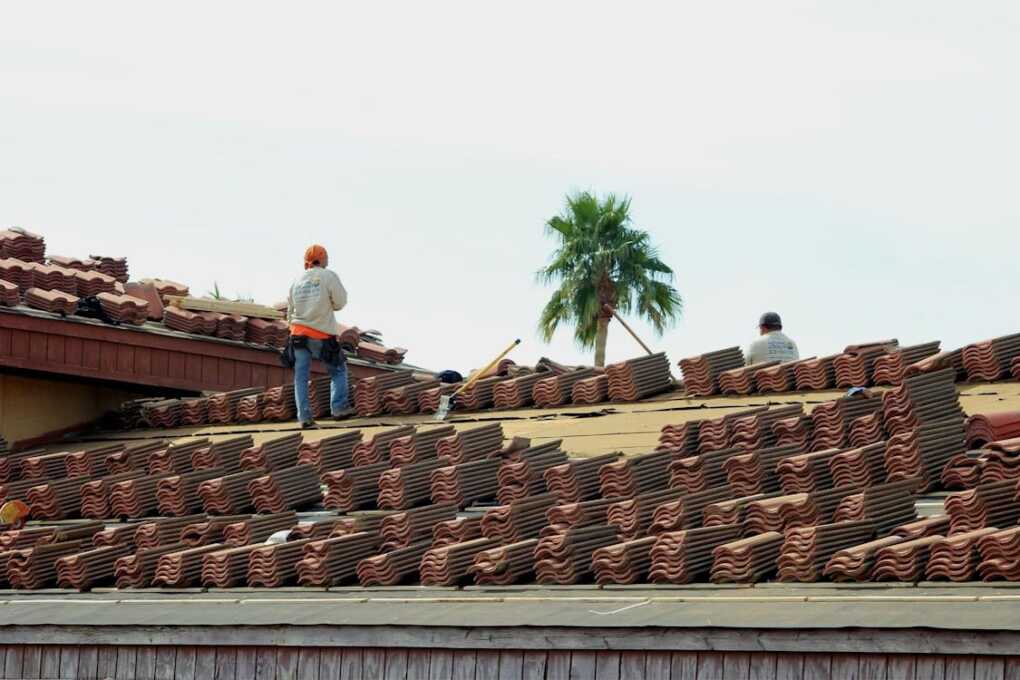Replacing or installing a new roof is a major investment that protects your home for decades. But did you know the season you choose for your roof work can affect costs, timelines, and results? Picking the right time of year can help you avoid weather delays, make sure materials install properly, and even get better service from roofing professionals. Each season presents unique conditions that can influence how smoothly your roofing project goes, making timing an important part of the planning process.
When planning a roof installation, it’s crucial to consider the expertise of local professionals who understand the specific climate challenges of your area. For those residing in the Midwest, particularly in Indiana, consulting with experienced roofing contractors in Indianapolis, IN can ensure that your project is handled with precision and care. These experts are well-versed in the seasonal weather patterns and can provide valuable insights on the best time to undertake your roofing project, ensuring durability and longevity. By choosing the right season and the right professionals, you can avoid potential pitfalls and ensure a successful installation.

Source: https://www.pexels.com/photo/workers-installing-roof-11467876/
Spring Projects: Weather Warming Up, But Still Unpredictable
Spring might seem like a fresh start for home projects, and in many ways, it is. As temperatures rise and snow melts away, roofers become more available for work. The weather is generally mild enough for shingles to seal properly and for crews to work comfortably.
However, spring can also be unpredictable. Sudden rain showers or leftover snow in some regions can delay progress. You might experience stops and starts if weather patterns are unstable in your area. That said, spring is still a solid choice if you’re looking to avoid the peak summer rush and want a more moderate working environment.
For homeowners who noticed roof damage over winter, spring is also the time to address it before it leads to leaks or mold.
Summer Is Peak Season And There’s a Reason Why
Summer is by far the most popular time for roof installations. Long days and consistent weather make it easy for roofers to stay on schedule. Asphalt shingles, one of the most common roofing materials, require warmth to seal properly, and summer temperatures usually hit the mark.
Late summer, however, can be scorching in some areas. Roofers may need to adjust their hours or take more breaks to avoid overheating, which could slow things down. Materials can also become more flexible or sticky, which may be challenging to work with if the heat gets excessive.
Despite these issues, summer’s overall predictability and dry conditions make it the go-to season for roof replacements. Just remember: since this is peak demand time, you’ll want to book early to avoid long wait times or rushed jobs.
Fall Offers Ideal Conditions with a Short Window
Fall is often considered the best time of year for roofing. Why? The temperatures are cooler, humidity levels drop, and there’s less risk of extreme weather. These conditions make it easy for roofers to work efficiently and for materials to set and seal properly.
This season also allows homeowners to prepare their homes before winter snow and storms arrive. That means better insulation and protection during the coldest months.
The challenge? Fall doesn’t last long. As temperatures begin to dip and storms roll in, the safe window for roofing closes quickly. Roofers are often very busy during this period, and if you’re not scheduled early, you might miss your chance.
Winter Installs Are Risky But Not Impossible
Winter isn’t the first choice for roofing projects, and for good reason. Cold temperatures can cause shingles to become brittle, making them difficult to cut and nail. Adhesives used to seal materials may also fail in freezing conditions, potentially compromising the roof’s integrity.
Still, in some warmer regions or during mild winters, roofers can work safely and efficiently. With the right materials and experienced crews, winter installations are possible. Some homeowners even benefit from off-season discounts due to lower demand.
That said, it’s critical to work with professionals who know how to handle the challenges of winter roofing. This is not the time for a trial-and-error approach.
How Temperature Affects Shingles and Tools
The performance of roofing materials is heavily influenced by temperature. For instance, asphalt shingles need warmth to properly adhere and lay flat. If they’re installed when it’s too cold, they may not seal correctly, leaving your roof vulnerable to wind and moisture.
Tools used by roofers such as nail guns and compressors, can also behave differently in extreme weather. In hot weather, materials might become overly soft or even start to melt. In cold weather, they can crack or fail. By choosing a season with moderate temperatures, you’re improving the odds that your new roof will perform as expected and last as long as it should.
Other Timing Factors to Keep in Mind
Aside from weather, consider your schedule and your region’s climate trends. If you’re planning other renovations, coordinate your roofing timeline so it doesn’t interfere with interior work. If your area gets heavy snowfall in early winter, try to complete roofing before then.
It’s also smart to check roofing company schedules. Local contractors tend to book quickly during popular seasons. By getting quotes and scheduling in advance, you’ll avoid stress and last-minute decisions.
Working With a Trusted Roofing Partner
No matter what season you choose, your roofing project is only as strong as the crew doing the work. Experience, communication, and honest pricing make all the difference. Choose Blue Bird Roofing for honest service, fast repairs, and long-term protection. A reliable company can advise you on the best time for installation based on your local climate and specific roofing needs.
They’ll also help you understand warranty terms, materials, and how weather conditions might affect your timeline. That peace of mind is worth more than just a good deal. It’s about protecting your investment.
When Emergency Roof Work Can’t Wait
Sometimes, waiting for the ideal season just isn’t an option. If your roof is leaking or has major storm damage, repairs or replacements may need to happen immediately. Emergency work can be done safely during any season with the right planning and safety measures.
Make sure to address any urgent issues before they lead to mold, structural damage, or interior problems. Temporary fixes may be used until full repairs can be done in better weather conditions.
Takeaway: Best Season Depends on Your Priorities
There’s no one-size-fits-all answer for the best season to install a roof. It depends on your climate, schedule, and urgency. Spring and fall are typically the most comfortable seasons for both materials and labor. Summer offers long workdays but may be too hot in some regions. Winter is possible but demands expert care. By knowing what to expect from each season and planning, you’ll set your roofing project up for success, no matter when you start.
